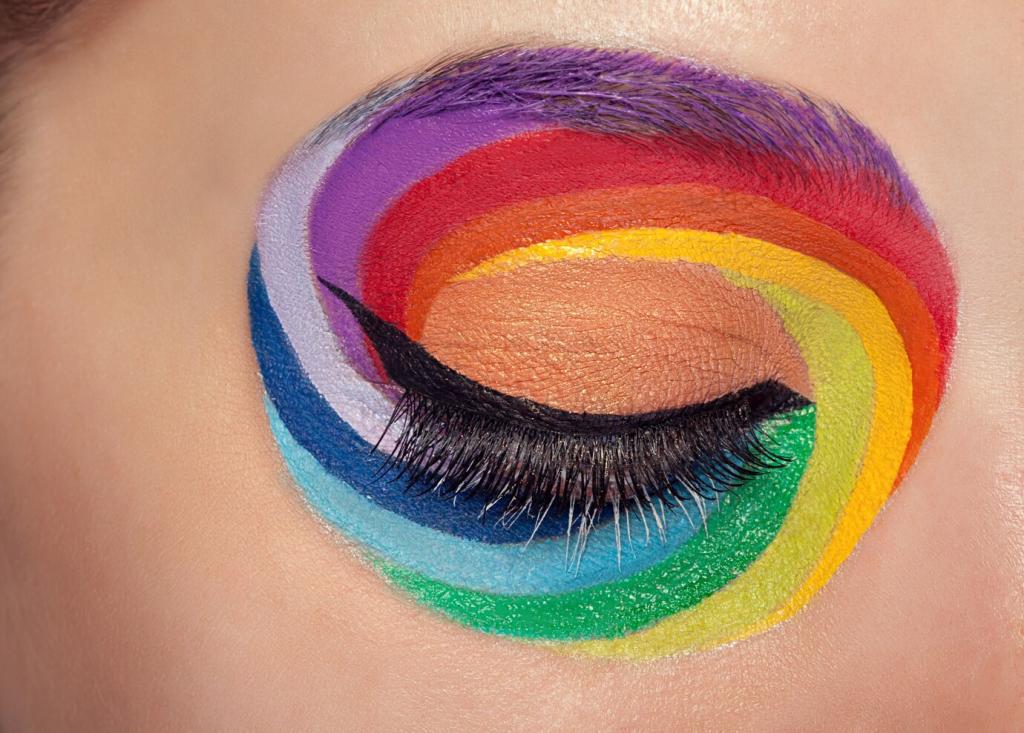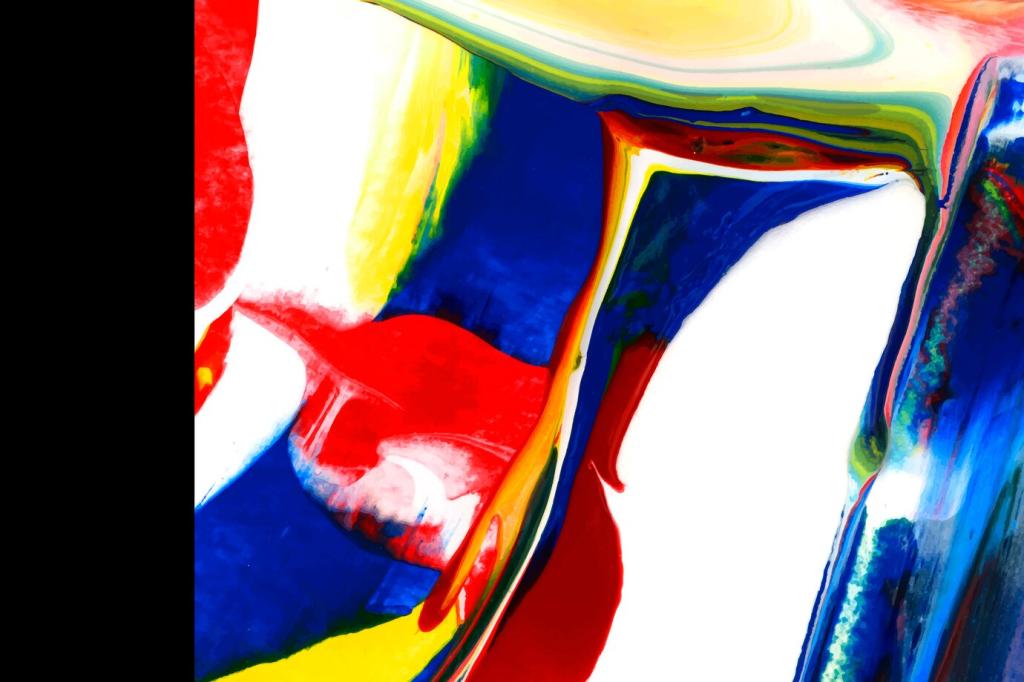Choosing Room Colors Based on Psychological Impact
Understanding the psychological impact of color is a key factor in creating spaces that feel harmonious, energizing, or soothing according to your desires. The colors you choose for each room can influence mood, behavior, and even productivity. By carefully selecting hues that support your goals for a specific environment, you can harness the power of color psychology to craft rooms that truly work for the people who use them. In this guide, we’ll explore how to choose room colors intentionally to create the atmosphere you want within your home.

The Psychology of Color in Interior Design
The Science Behind Color Perception
The way we perceive color involves both our eyes and our brains, factoring in individual differences, cultural influences, and context. Certain colors can increase heart rates or evoke feelings of warmth, while others may lower stress levels or offer a sense of spaciousness. As color enters the eye, it stimulates different neural pathways, subtly influencing our emotions and behaviors. Interior designers leverage this knowledge to shape environments that align with intended purposes, such as relaxation in a bedroom or alertness in a home office.
Emotional Responses to Different Colors
Each color tends to evoke specific emotional responses, serving as a tool for setting the tone of a room. For instance, blues and greens are typically associated with tranquility and balance, which is why they’re popular in bedrooms and bathrooms. Reds and oranges, conversely, are energizing and can ignite conversation, making them suitable for social spaces like dining rooms. Understanding these associations enables homeowners and designers to select palettes that promote the desired atmosphere, either by contrasting or complementing existing room elements.
Cultural Influences on Color Choices
Color meanings can vary widely depending on cultural background, history, and personal experiences. While white may symbolize purity in some cultures, it represents mourning in others. As global influences become more prevalent in interior design, it’s important to consider cultural connotations alongside psychological impacts. This sensitivity helps ensure that chosen colors have a positive effect and resonate meaningfully with all users of the space.

Selecting Colors for Common Living Spaces
Creating Welcoming Living Rooms
The living room often serves as the heart of the home—a place for relaxation, socializing, and entertainment. Warm neutrals such as beige, soft grays, or warm taupes foster a comforting ambiance and provide a versatile backdrop for changing decor. Alternatively, rich blues or muted greens can introduce sophistication while promoting a sense of calm. By paying attention to how sunlight and existing furnishings interact with wall colors, you can ensure your living room feels inviting at any time of day, accommodating everything from festive gatherings to quiet evenings.


Energizing Kitchens and Dining Areas
Kitchens and dining spaces benefit from colors that inspire energy and appetite. Shades of yellow foster cheerfulness and stimulate conversation, while vibrant reds are historically known to increase appetite and enthusiasm. Lighter hues like soft sage or blush can also create a fresh and airy feel, making the space more enjoyable for daily routines and special occasions alike. Choosing the right color can make mealtimes more engaging and set a lively tone for shared meals and celebrations.
Personal Spaces: Bedrooms and Bathrooms
Soothing Bedroom Palettes
The bedroom should encourage relaxation and quality sleep. Cool colors like gentle blues, pale greens, or subtle lavenders are often recommended due to their calming effects and association with nature. These shades reduce stress levels, encourage restfulness, and can make spaces feel tranquil even in busy households. Deeper hues can add coziness without overwhelming, especially when paired with soft textures and minimal decor, ensuring your bedroom remains an oasis of comfort.
Fresh and Serene Bathrooms
Bathrooms often benefit from light, refreshing palettes that evoke cleanliness and calm—a crucial factor for a space associated with daily rituals. Crisp whites, seafoam greens, and pale blues can help the room feel hygienic and spa-like, promoting relaxation and rejuvenation during morning or evening routines. The right colors can also enhance natural light, making smaller bathrooms feel larger and more inviting while supporting a pleasing, serene mood.
Personalized Touches with Accent Colors
Even in the most tranquil settings, accent colors introduce personality and visual interest without overwhelming the senses. A dash of coral or gold through accessories, art, or linens can energize a peaceful environment while maintaining a restful base. These accents offer opportunities to reflect personal tastes and seasonal trends, ensuring that private rooms feel both customized and harmonious. By thoughtfully introducing accent hues, you elevate your sanctuary while preserving its restorative qualities.
